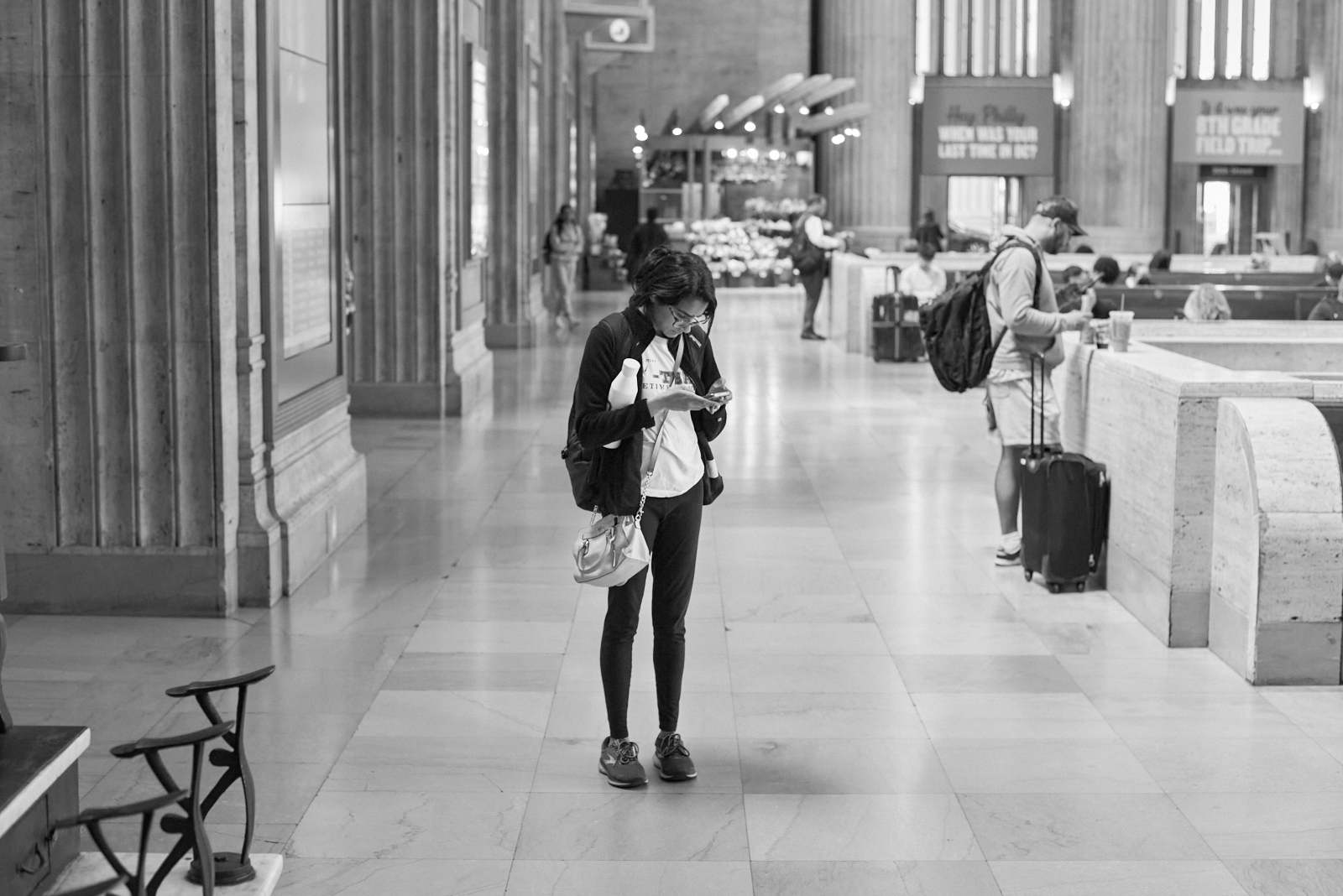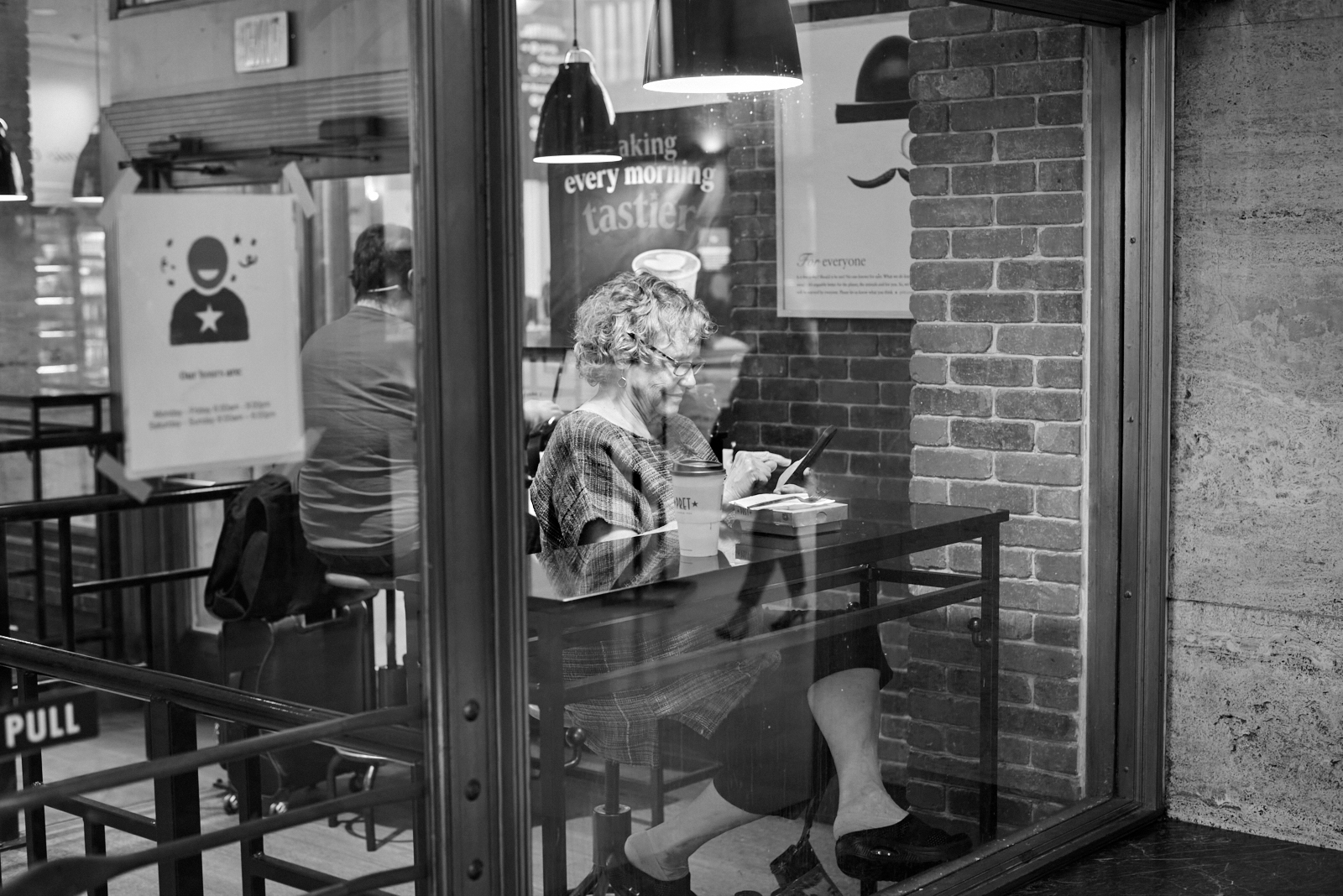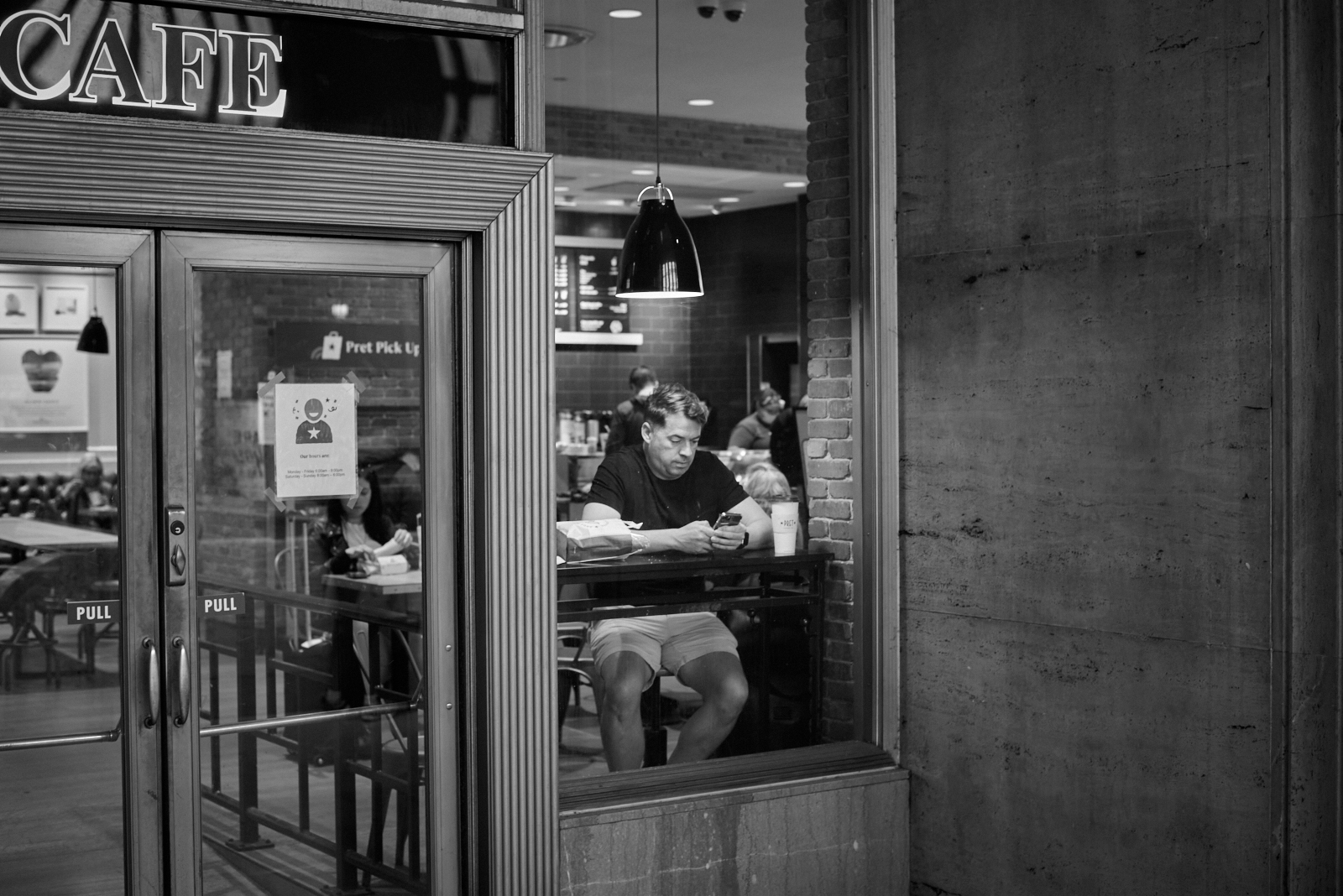I don’t know quite how to begin. These ideas are just beginning to take shape. Maybe I can start simply, by describing what concerns me, what seems, at least to me, to be a problem.
The other day, while stopped at a traffic light, the two people in the car next to me were both consumed by their phones; behind them on the corner a pedestrian stared at his phone as he leaned on the light pole waiting for a walk signal. This morning as I stood third in line to order coffee, the person in front of me hunched over her phone. The woman behind me at the market, having loaded her groceries onto the belt, pulled out her phone while I paid my bill. When I look around, such scenes repeat themselves everywhere — we don’t dare spend a single moment in idleness. I worry we have lost something important by filling every instance with an endless source of distractions.

Neil Gaimon is reported to have said: “Ideas come from daydreaming. They come from drifting. So if you want to get a good idea for a book, you have to let yourself get so bored that your mind has nothing better to do than tell itself a story.” Gaimon’s point applies to more than writing books. Daydreaming, drifting, boredom are the source of and essential for creativity. In idleness we become bricoleurs, collecting fragments of the world around us that we arrange into something new.

Most of the things we create will seem, at first glance, of little value, but upon reflection we might begin to appreciate both the process of creating them and, now and then, the things themselves. Each item will, after all, be something we have made, something we have added to the universe, proof that we have been here. Each will reflect us at a particular moment. Photographs, for example. Through a process of selection and exclusion, each one is an assembly of pieces from the world around me. Each reflects ideas and anxieties, joys and sorrows of a particular moment and a particular place. Each also offers a seed for later reflection, a chance to try to recover what concerned me at the time or opportunity to tell myself a story about what happened to the scene afterwards.

Bricolage is the process of assembling the fragments of your surroundings into something new — Gaimon’s comment about telling yourself a story. It’s what the bricoleur does, it’s what the author and the creator do. It takes practice to fit pieces together, to grasp how different shards can be combined into a harmonious whole. Idleness, boredom, drifting — these are the times we practice assembling those shards into something coherent and new. If we deny ourselves those idle moments we deny ourselves the chance to have ideas. When we outsource those ideas to algorithms and other people (who are, typically aping something they have seen on their phones), we lose the ability to think and create for ourselves.

The world is a fascinating place, if we just take the time to look around, if we lose ourselves in doing nothing. Idleness is, it seems, essential to creation.